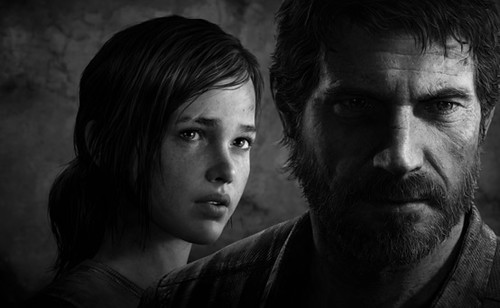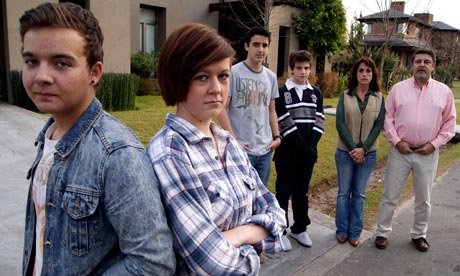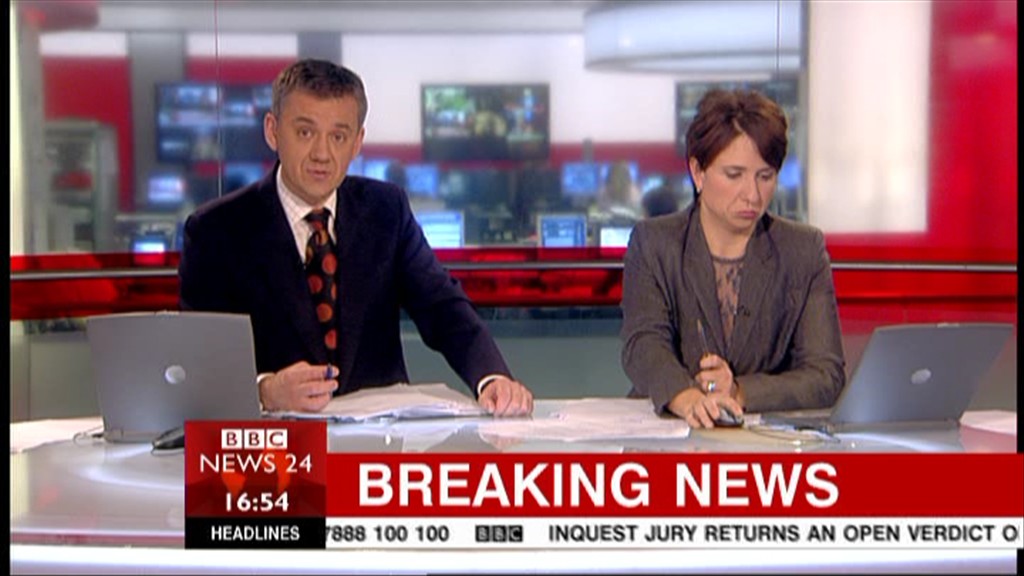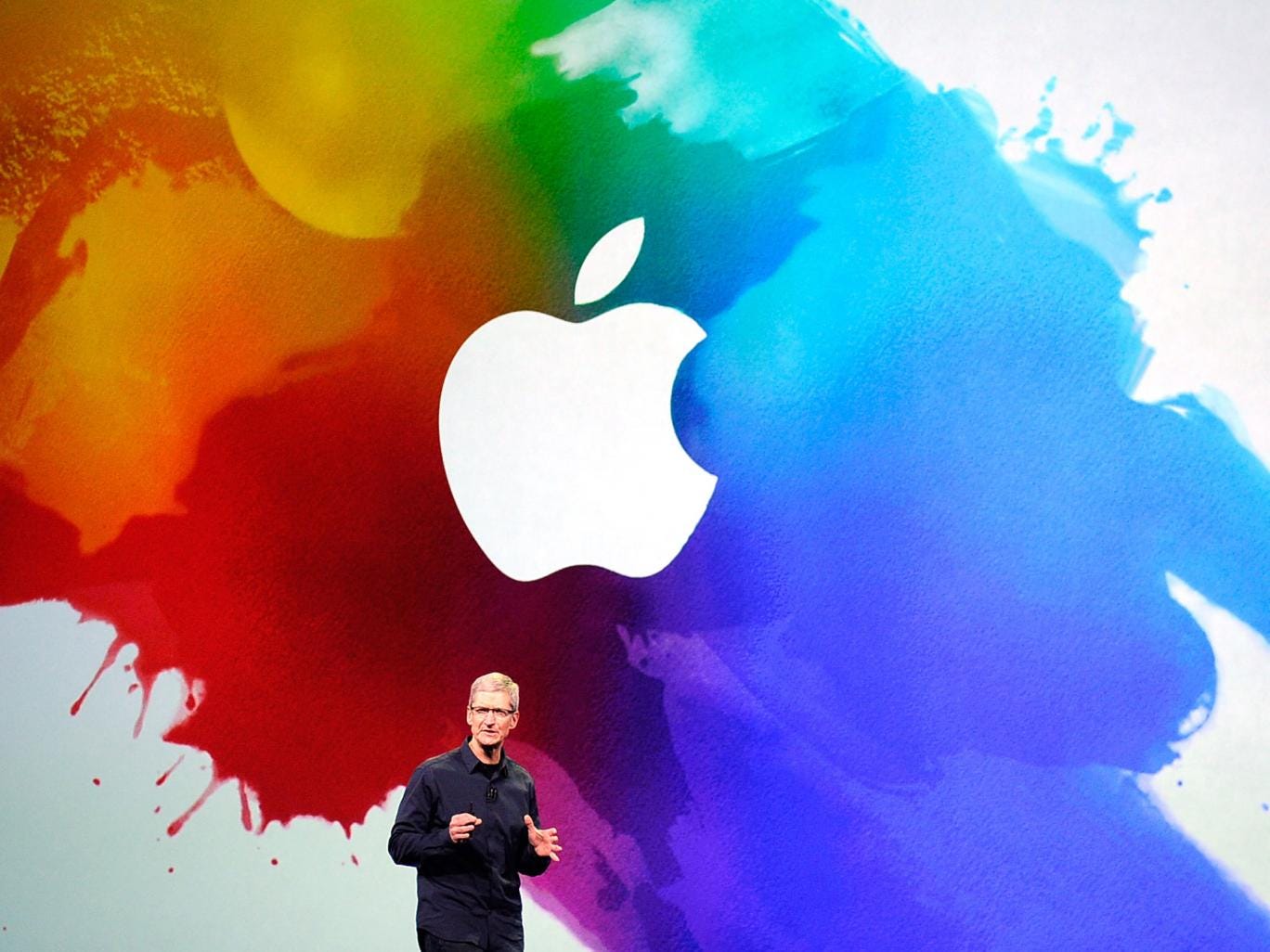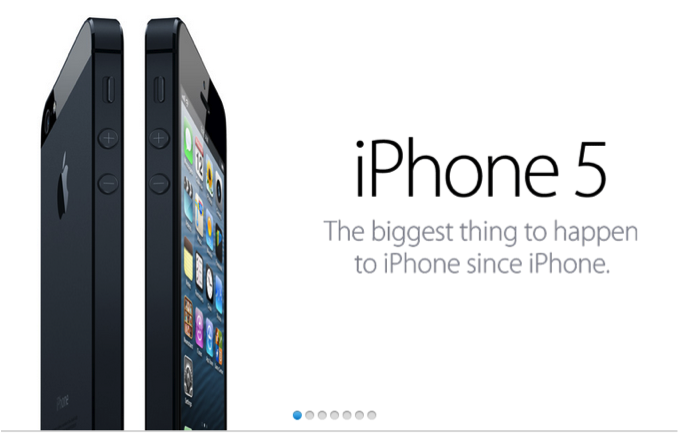Institution: CoolBrands research
Apple
I have selected Apple as one of the five brands I admire out of the 20, simply because I have quite an interest in their ability to captivate people on a global scale through a technological means for what are arguably iterative improvements as oppose to actual innovation in their products.
From a brand value standpoint, Apple particularly operate in the self-importance and pride line of appeal. Just their very logo has developed as an icon in the technological world so just the sight of it brings about the notions of the perceptions associated with Apple which is simplicity and innovation. Also, another brand value is the line of appeal of successful careers in that people that use Apple products are often those in high-paying, lucrative jobs.
I believe Apple made the list simply due to the amount of market power they have in the technology field as the world's most valuable brand. Not only this but the fact that their devices are able to reach the hands of people of all age groups is representative of why the company can be referred to as 'cool.'
Nike
Nike is the second of the five brands I've selected and this is due to their manufacturing of quite appealing footwear.
With brand values, Nike implement a numerous amount of lines of appeals. One of these is dreams and fantasy. This is due to the idea that Nike products can aid people, more specifically those involved with sports, in reaching their aspirations and get involved in a sporting career no matter what the odds may be, also leading into the idea of successful careers being something Nike value. Additionally, they can also be associated with self-importance and pride since their logo is something frequently associated with the footwear market and if it's not considered to be the most popular brand, then it is definitely one of them.
Nike are likely to have made this list because of how universal their products are amongst consumers and how popular they are with sports teams throughout the world using their product as Nike sponsors them.
YouTube
I have chosen YouTube since it's my main provider of entertainment, research and education on a day-to-day basis.
In terms of brand values, YouTube can without a doubt be associated with the successful careers line of appeal since the video-sharing website has provided an avenue for people to establish a career for themselves where they can be making millions of dollars in a year. Additionally by being able to showcase a plethora of videos to users, YouTube can be associated with most of the lines of appeal since videos can be based around a variety of different things e.g. art, culture and history.
YouTube can be considered cool due to the vast amount of things it can offer different people and the platform it offers to those who want it.
Instagram
I've selected Instagram as it provides people the opportunity to showcase their photo and videographic knack to people across the world.
Art, culture and history is the line of appeal that strikes immediately with Instagram. As said before, with it allowing people to share their photos and videos all three of these elements are things shared on the social network, particularly art.
Instagram was able to make it into the list probably for its widespread use across the world and how it doesn't necessarily limit its users in what they can post, meaning your creativity is the only limit.
Sony
The reason I have opted for Sony as my fifth brand is mainly for their subsidiary, Sony Computer Entertainment, who are in charge of the PlayStation console series of which I own one of their consoles.
As said in one of my previous pieces of homework, the dreams and fantasy line of appeal is something that the brand can be said to value, at least from a PlayStation standpoint, since they allow players to become immersed in things impossible in life. They can also to some extent, be associated with elite people or experts since they were the first company in the world to ever develop the portable music player.
Sony can be thought of as cool as a result of the various innovations they have been capable of creating throughout their years of existence such as the portable music player as without it, some of the things we view as standard nowadays wouldn't be around.



